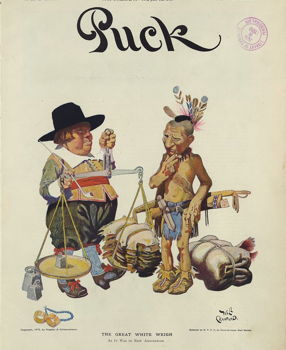

The Pack contains associated resources for the learning experience, typically in the form of articles and videos. There is a teacher Pack (with only teacher information) and a student Pack (which contains only student information). As a teacher, you can toggle between both to see everything.
Here are the teacher pack items for French and Dutch Colonization:


Overview In this experience, students learn the main characteristics and motivations of the French and Dutch colonies in the Americas. They compare and contrast the two colonies, and they explore the alliances with the American Indians. The videos provide clear, in-depth information, but they are each just under nine minutes long. You may wish to cover this lesson into two class periods, or ask students to research either Dutch or French colonies, then share the graphic organizers they develop. Essential Question: Why do people migrate? Objective:
Two European countries that claimed colonies in North America were France and the Netherlands. In this experience, you will compare and contrast their colonies.
Objectives:

Write your interpretation of the illustration in the discussion wall below.
The illustration shows a Dutchman holding balance scales on which are pelts and a weight. He is supporting the pelts side of the scales with his left foot, and he is holding the other side of the scales with his right hand in order to cheat the Native of the proper value for his pelts. Students will likely say that the picture shows how Dutch cheated the Indigenous people out of their goods, which shows that they colonized for wealth. Puck was a humor magazine published in the United States from 1871 until 1918. Discuss the title of the above Puck cover, “The Great White Weigh.” You could point out that one legend—although debated by historians—is that the Dutch purchased the land that is now New York City from the Native Americans for $24 worth of goods.
